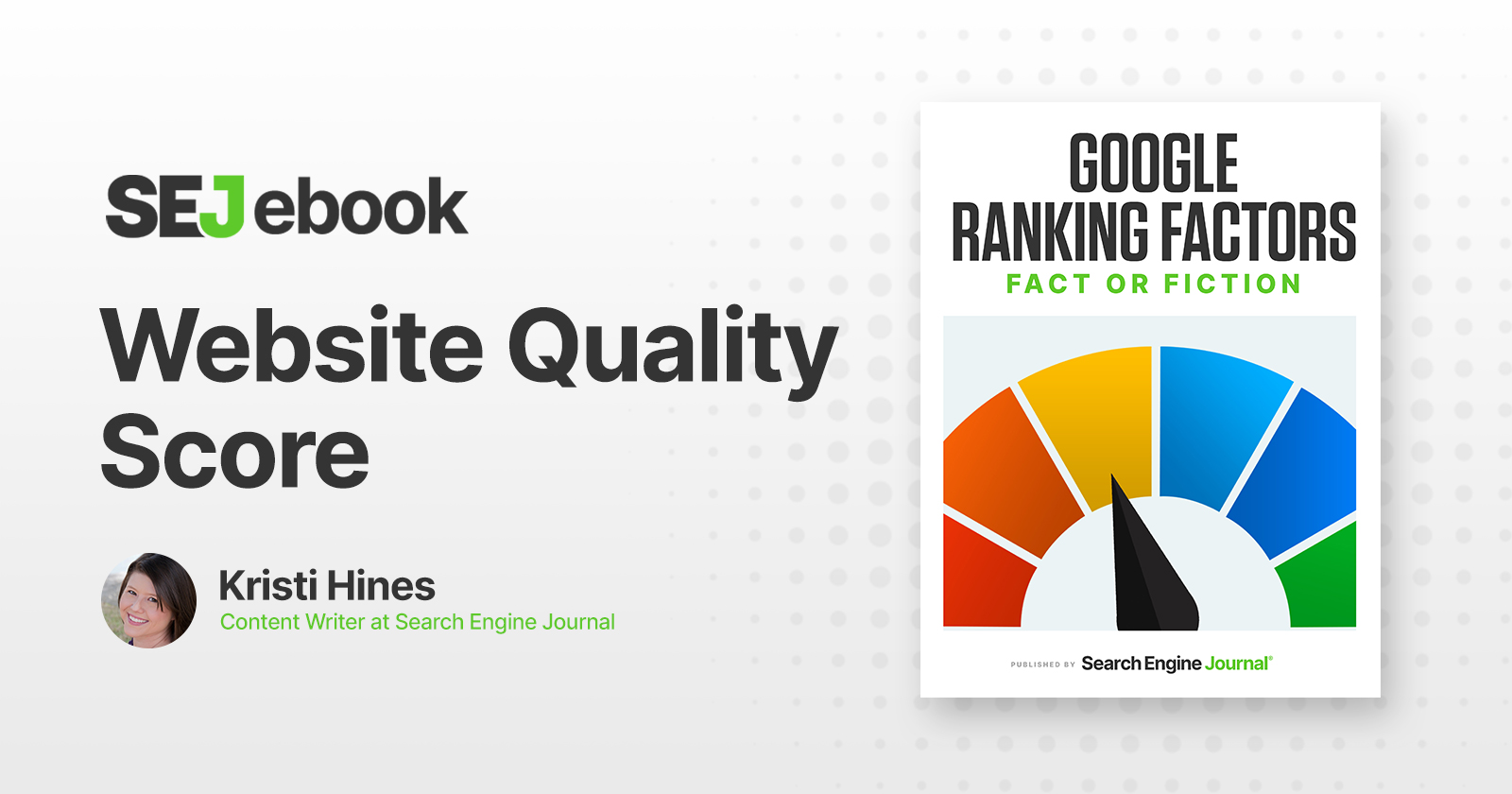How to Use Data and Analytics to Improve Your Content Writing
Content is king in today’s digital world, not just any form of content but quality content that resonates with the target audience. This is why content writers and content marketers make use of content analytics tools to measure how...

Content is king in today’s digital world, not just any form of content but quality content that resonates with the target audience. This is why content writers and content marketers make use of content analytics tools to measure how content is performing. With content performance analytics, content writers can create better content for their audience and get better results. This article will guide you through the basic need of using data and analytics to improve your writing process.
Why Data-Driven Content Writing Matters
It is necessary to leverage data and analytics for your content writing because it will help you understand your content creation process. This means knowing your audience helps you to refine your content strategy especially when you see if it is performing well or not. When you work on your content based on the data you have gotten, you can stay ahead of your competitors because you are using strategies that work best.
Ways You Can Use Data and Analytics in Content Writing

Now that you know the importance of data-driven content writing, you should know how you can implement data and analytics in your content writing.
Understanding Your AudienceOne of the core things you will do with data analysis for content strategy is to know your audience. With the help of tools like audience surveys, Google Analytics, and social media insights, you can get an idea of the people reading or consuming your content.
Through these data, you know the age, location, gender, interests, and other things about your audience. This helps you ensure that when writing your content, it is tailored according to your audience’s interest.
Also, you can monitor how your audience interacts with each other. You will find out if they spend time reading your content to the end or if they quickly exit your content when they open it. With the help of content writing metrics, you will be able to find out the click-through rates, time on page, and scroll depth of your audience which gives you an idea of what keeps your audience engaged and what does not.
Identify Content PerformanceIt is possible to carry out SEO content optimization with analytics to improve visibility and search rankings, thereby creating impactful content for your readers. There are key performance indicators (KPIs) such as page views, shares, comments, and conversions that you should take seriously.
Through these KPIs, you know the content that your readers like and which ones they do not. Besides getting the best-rated essay services to improve your content, you can experiment using different calls to action, formats, headlines, and tags. Through these attempts, you will know what to stick to, and what you should not.
Optimize for SEOYou can improve content with data and analytics because you can better optimize your content with SEO. Before writing your content, you should use tools to conduct keyword research to know the keywords your audience has been searching for. Likewise, you can incorporate these keywords into your content which will bring visibility to search engines.
And this can be done by analysing the content that your competitors put out to know the areas your content has been lacking and gain ground. To help with SEO, you can include images, tags, meta descriptions, links, and backlinks on your content, this helps you to create content that your audience will engage well with.
Leverage Social Media PlatformsYou can track content success with data obtained from social media insights. If your written content is being shared on social media, you should take the time to see the kinds of posts that are getting more shares, likes, and comments.
Monitoring the data on these contents on social media helps you to create similar content that will produce results because you know what your target audience prefers. Since most content on social media capitalizes on hashtags to help with niching down and bringing the content to the target audience, you should study the hashtags used by content writers in your field. This helps you reach your audience faster since most of them search for content based on hashtags.
Continuously Iterate and ImproveWhen you measure content effectiveness you can iterate and improve your content writing. You will be able to use data and analytics to see what is working with your target audience and what has been a failure. Analyzing these data can take a lot of time, but taking time each month to study your content data will help you refine your content strategies and improve. The data you get from your content should be the fuel to write content that performs better than your previous content.
Additionally, it is important that the content you write is tailored to your target audience and you use good narrative techniques to make it engaging. If you have existing content, you can repurpose them. Sometimes, collaborating with other writers will help you reach your target audience. Do not sleep on the possibility of improving your written content because the content is indeed king.
Key Metrics to Track
While looking at the data and analytics of your content, there are some key metrics you should take seriously, like:
The number of people that have visited your content.The number of visitors that have not only visited your content but have left comments and shared it.How quickly your readers exit your content after opening it which is the bounce rate.If there are actions like subscribing to newsletters, downloading eBooks, etc you can check the conversion rates.The click-through rate is also measured.Tools for Data-Driven Content Writing
There are certain tools you can use to monitor your content such as:
Google Analytics: Helps to track the traffic to your website, engagement on your content, and conversion rates.Google Trends: Great for identifying popular keywords or topics that your target audience has been engaging with.SEMrush: Enables you to analyze your competitor’s content which helps you see where your content is lacking and ways you can ensure your content is optimized for SEO.Ahrefs: This tool allows you to search for keywords you can incorporate into your content. HubSpot: Useful to measure lead generation and conversion rates.Actionable Tips to Take
Take time to conduct keyword research before you start writing any content.Analyze engagement metrics to know how to adjust your content to meet your target audience.Do not make the mistake of not optimizing your headlines, subtitles, meta descriptions, etc. Besides only writing content, you can experiment with other types of content like videos, podcasts, or reels for your brand.Do not neglect to test different types of content, CTAs, and images on each of your content.Conclusion
With the awareness that content plays a crucial role digitally nowadays, it is important to use data and analytics to ensure that your written content stands out from the rest. It is not just about creating engaging content but creating content that converts. So, use analytical tools to track key metrics in your content and apply the tips that were shared above to ensure that you get meaningful results from your written content.
Sponsored post
Updated: 3 October 2024
About daynelee
Passionate about weaving words into engaging narratives, I am a blog and article writer dedicated to creating content that not only informs but also inspires dialogue and deepens understanding. Join me on a journey through compelling stories and insightful discussions. #Writer #ContentCreator

 Tfoso
Tfoso 































